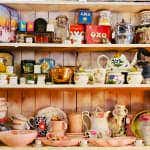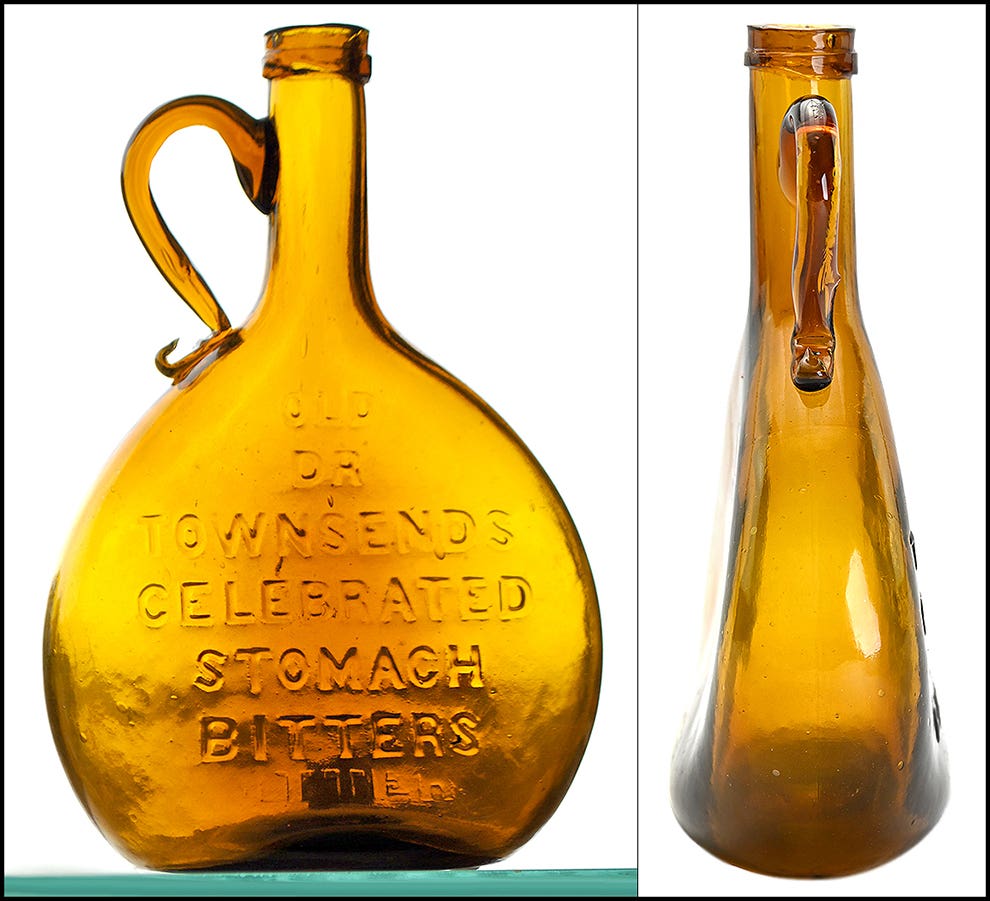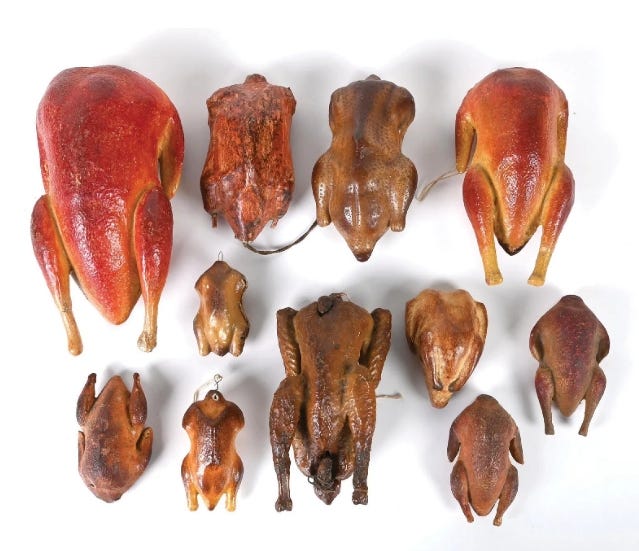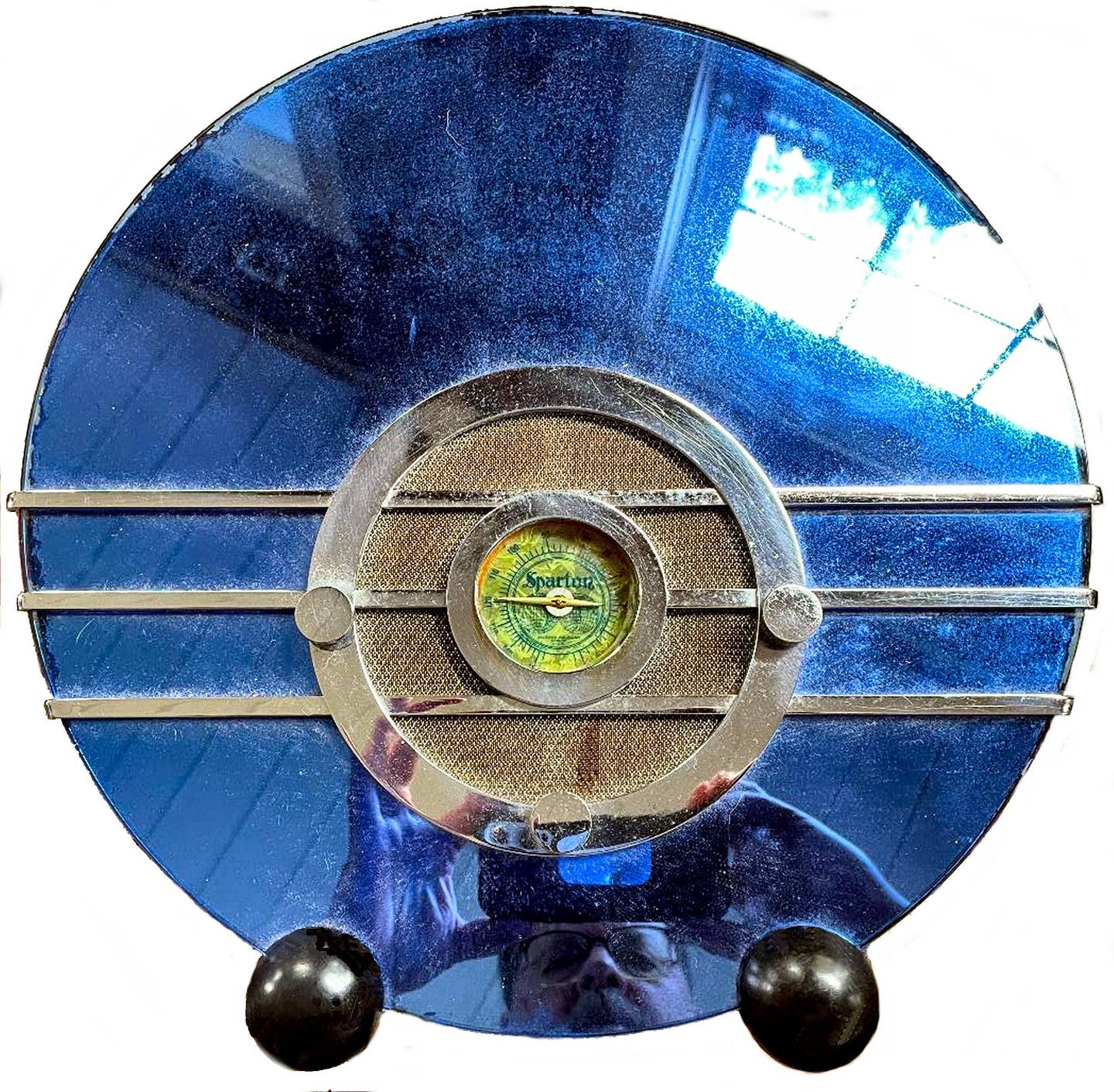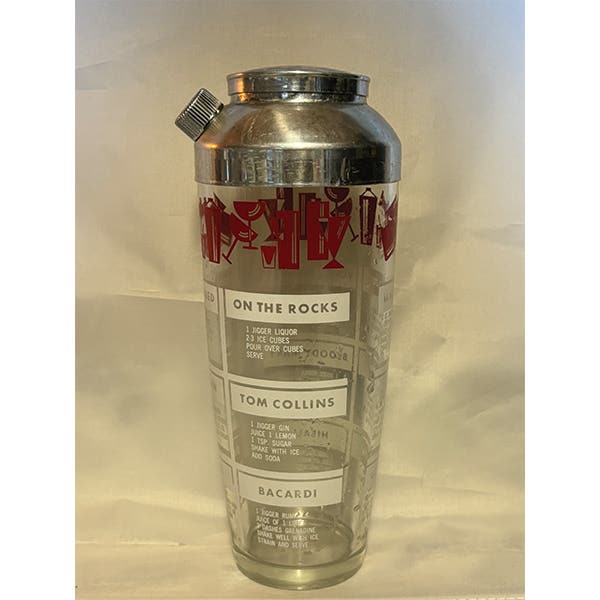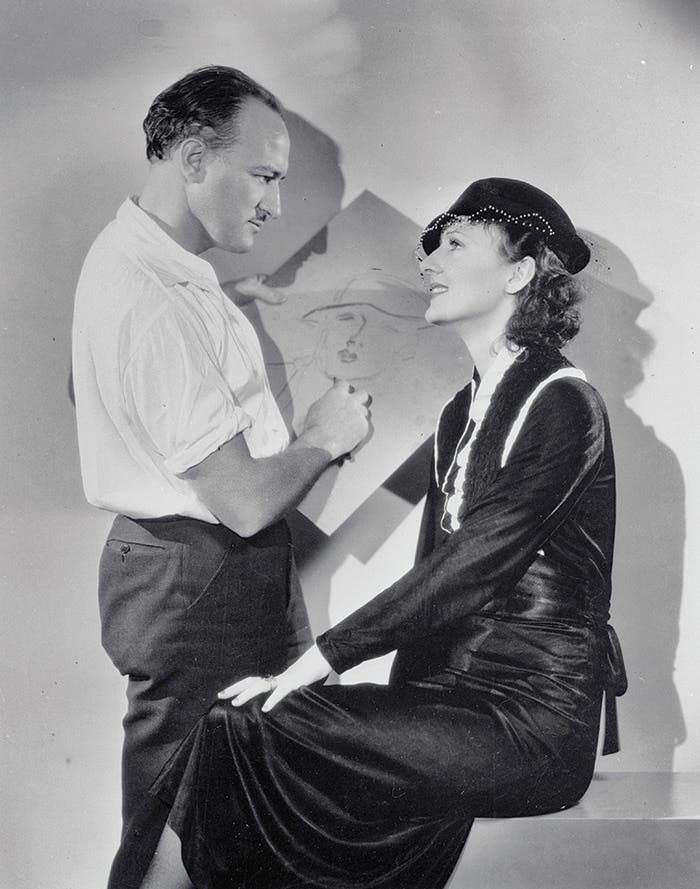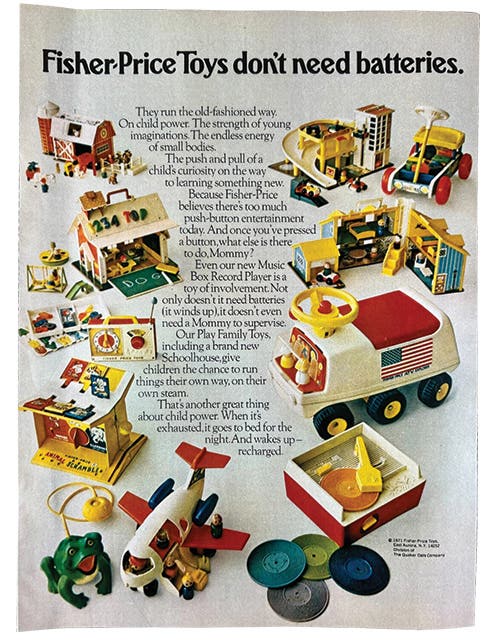From Board Games to Bug Molds, ’60s and ’70s Toys are Still Winning Hearts
These childhood favorites didn’t just entertain—they stuck with us. Here’s why vintage toys from the ‘60s and ‘70s still delight collectors and fans alike.
In the living rooms of the '60s and '70s, board games ruled. They brought families together, taught kids to count money (thanks, Monopoly), and were a gateway to imagination. Vintage board game commercials often featured smiling families gathered around the kitchen table, laughing over a heated round of Life or Aggravation. These scenes sold more than just a game—they promised quality time, togetherness, and a little friendly competition.
Part of what makes vintage board games so collectible is how strongly they connect us to memory, culture, and aesthetics. Nostalgia plays a huge role—who doesn’t remember fighting over the iron token in Monopoly or holding their breath before revealing the Mystery Date dreamboat? These games also stood out for their bold visual design, with eye-catching box art, funky fonts, and satisfying tactile elements. And beyond gameplay, they serve as cultural time capsules, capturing the trends, shows, and sensibilities of their eras—from Boris Karloff to Barbie.
The Board Game Boom
In the living rooms of the '60s and '70s, board games ruled. They brought families together, taught kids to count money (thanks, Monopoly), and were a gateway to imagination. Vintage board game commercials often featured smiling families gathered around the kitchen table, laughing over a heated round of Life or Aggravation. These scenes sold more than just a game; they promised quality time, togetherness, and a little friendly competition.
I've rounded up a few of my childhood favorites, along with my siblings' most memorable picks, and added in some truly iconic titles that have since become major collector's items. Whether you remember these from your own toy box or you're discovering them for the first time, there’s something magical about revisiting the games that defined a generation (and no, I am NOT currently surfing eBay for a vintage Mystery Date game and a set of Beatles colorforms…).
The Game of Life (Milton Bradley, 1960)
With its spinning wheel, tiny plastic cars, and peg-shaped family members, The Game of Life mimicked the grown-up world: choosing college or career, getting married, having kids, and buying insurance. It was colorful, chaotic, and full of teachable moments—some a little warped by today’s standards. Collectors prize early editions with original components and artwork, especially the 1960–1970s boxed versions. The Game of Life mimicked the grown-up world: choosing college or career, getting married, having kids, and buying insurance. It was colorful, chaotic, and full of teachable moments—some a little warped by today’s standards. Collectors prize early editions with original components and artwork, especially the 1960–1970s boxed versions.
Value: The 1960 version of the Game of Life can be found for between $20 and $45, depending on condition and the completeness of the pieces, game board, and cards.
Monopoly (Parker Brothers, original 1935; widely played in the '60s and '70s)
Though created in the 1930s, Monopoly became a rainy day staple during the '60s and '70s. The game’s bright currency, iconic metal tokens, and endless real estate wheeling and dealing turned sibling rivalry into a contact sport. Vintage sets from the '60s are collectible, especially if complete with early Parker Brothers branding and wooden houses. The 40th Anniversary Deluxe Edition, made in 1975, is also popular with collectors.
Value: Vintage editions can be found for a reasonably priced $25 and up, depending on completeness and condition, with the 1965 Deluxe Edition in the wood case often bringing upward of $60 to $75.
Séance (Milton Bradley, 1972)
Séance brought the supernatural into the living room. In this unusual and theatrical game, players competed to inherit riches from a wealthy uncle by contacting him via a battery-operated “spirit message device.” Players placed letters into a coffin-shaped holder and waited for the ghost to spell out the winner. It was spooky, silly, and surprisingly innovative.
Value: Complete sets can sell for $100–$200 because of their rarity and cult status.
Mystery Date (Milton Bradley, 1965 edition)
Mystery Date had players spin a door-shaped dial to reveal their dream date—or a dud. The goal was to assemble an outfit card set that matched the mystery man hiding behind the plastic door. Would it be the formal tuxedo date or the shaggy guy in gym clothes? This game was equal parts fashion show and giggle-fest. Early editions with all cards, door intact, and original box art are highly collectible, especially among pop culture enthusiasts.
Value: Recent sales on both eBay and online marketplaces show wildly variable pricing, from the $20 range up to around $130. Pricing depends on the completeness and condition of both the game and the box.
Battleship (Originally by Milton Bradley, 1967 plastic version)
Though the game existed earlier on paper, the '60s plastic-peg version of Battleship launched it into the mainstream. Players called out coordinates to sink their opponent’s hidden fleet—a simple premise that fueled competitive sibling showdowns for decades. Early boxed editions with red and white pegs, original ships, and full instructions remain desirable among collectors.
Value: These sets generally sell for around $25-$30. The later (1977) electronic versions sell for around $75-$80.
Barbie Queen of the Prom (Mattel, 1960s)
This board game turned Barbie's social life into a strategic mission: get a steady boyfriend, buy the right outfit, and become prom queen. Players navigated high school scenarios with cards and tokens featuring Barbie, Ken, and friends. While firmly targeted at girls, it reflected the gendered norms of its time. Today, vintage sets with original cards and pieces are sought after for nostalgia and the period social commentary.
Value: Over the last couple of years, this game has been selling for between $100 and $200. Recently, prices seem to have dropped to around $50 or less.
Aggravation (Kohner Bros., 1960s)
A family favorite for many, Aggravation lived up to its name in the most entertaining way. Players raced marbles around the board, trying to get all of theirs safely home while sending opponents' pieces back to start with a well-placed move. The gameplay was fast, strategic, and, yes, aggravating. It encouraged friendly competition and just the right amount of sibling rivalry. Vintage versions with original packaging and colorful glass marbles are especially sought after by collectors.
Value: Complete games can be found on eBay and online marketplaces for between $20 and $40. Surprisingly, handcrafted wooden Aggravation game boards are selling for around $75.
Boris Karloff’s Monster Game (Game Gems, 1965)
With its eerie artwork and horror-legend branding, Boris Karloff’s Monster Game is a spooky standout from the 1960s. The players race along a haunted path, encountering creepy monsters as they aim to reach the safety of Karloff's mansion. The game is a cult favorite thanks to its scarce availability and unforgettable visual design.
Value: A complete copy of Boris Karloff’s Monster Game sold for an astonishing $2,250 at Heritage Auctions in February 2025, reflecting its rarity and desirability among horror memorabilia collectors and vintage board game enthusiasts. Not every sale is quite Heritage material. Some are, in fact, much less monstrous, with eBay and online marketplace pricing hovering in the low to high hundreds.
Green Ghost (Transogram, 1965)
Billed as the first glow-in-the-dark board game, Green Ghost had players search for hidden pieces—tiny rubber “ghost children”—on a spooky, elevated plastic board. The game’s luminous effect and haunted house theme made it a sleepover favorite. Collectors seek versions with working glow elements and all original ghost tokens.
Value: Recent sale prices vary wildly, from around $40 for incomplete or well-worn games to $400 plus for complete sets in good condition.
Not-Quite-Games, All-Play Classics
Not every favorite childhood toy had dice, cards, or a foldable board. Some toys lived in the kitchen, plugged into the wall, or came in vivid vinyl sheets you could peel and re-stick at will. These weren’t just playthings; they were creative tools, often shared between siblings or friends, and sometimes more dangerous than the packaging let on. But they delivered unforgettable fun, lots of laughter, and, occasionally, a minor burn or two.
Colorforms (Original by Harry and Patricia Kislevitz, 1951; popular through the '60s and '70s)
Colorforms were endlessly reusable vinyl sticker sets that let kids dress up characters or stage scenes on glossy cardboard backdrops. From generic dress-up dolls to licensed sets like Batman, Peanuts, or The Monkees, Colorforms offered imaginative play that could be as solo or social as you wanted. The magic was in the simplicity—peel, stick, repeat. Vintage sets with all pieces intact and unwarped backing boards are highly collectible today, especially the earliest licensed versions. Preteen girls spent hours playing dress up with Barbie and Miss America, while boys found their own adventures with GI Joe or Castle Dracula.
One especially memorable set for many preteen girls was The Partridge Family Colorforms, complete with a David Cassidy sheet. The show—and its dreamy teen idol—captivated audiences in the early 1970s, and this set was a must-have. I had this one, along with The Monkees, and remember swapping outfits and staging imaginary concerts long before MTV was a thing.
Value: Sold prices vary significantly, depending on the set subject, its condition, and the completeness of the colorform pieces. In an April 2025 online marketplace sale, a set of Lancelot Link, Secret Chimp colorforms sold for $99.99, while a complete 1970 Barbie set sold for $45.99 around the same period.
Easy-Bake Oven (Kenner, 1963)
A 100-watt bulb never did so much. The Easy-Bake Oven was a miniature oven scaled for children, designed to bake small cakes, cookies, and other treats using a low-level heat source. Featuring bright, retro colors and simple functionality, it made many kids feel like real chefs in their own little kitchens.
Introduced in the early 1960s, the original Easy-Bake Oven used a common household light bulb to generate just enough heat to cook the included mixes in tiny metal pans. It was a creative toy and offered children the satisfaction of making something delicious (or at least edible) all by themselves (burned fingers notwithstanding).
Value: Mint-in-box ovens can be found for $100 to $300 plus, while used, complete examples sell for approximately $40–$100.
Creepy Crawlers / Thingmaker (Mattel, 1964)
For many kids growing up in the 1960s, Creepy Crawlers offered more than just bug-making—they were a full-on creative experience. I remember spending Saturday afternoons bent over my Thingmaker, carefully squeezing brightly colored Plasti-Goop into hot metal molds shaped like spiders, lizards, and worms. You could go classic with a single color or get experimental, swirling colors together for psychedelic bug creations. For those kids who weren’t feeling the bug love, molds were also available for flowers, dragons, monsters, cars, and more.
I loved the hands-on process of pouring, baking, and peeling, and I was mesmerized watching the goop transform into rubbery creatures. It was messy, slightly dangerous, and absolutely magical. That my sisters were easily freaked out by rubber bugs and could be sent screaming to the highest point in the house by a rubber cockroach was a bonus.
These toys weren’t just fun, they were formative. And they didn’t stop with bugs. My sisters and I shared a single Incredible Edibles set, which let us make gummy, edible treats shaped like worms, spiders, and flowers. A sealed 1966 set sold on eBay in June 2025 for $84.95, proving that even the goopiest memories can command real value today. Using molds and a similar goopy mixture, we’d take turns squeezing in the colors, heating the molds, and waiting impatiently for our creations to cook. The taste? Well, it was questionable to say the least. The experience? Absolutely unforgettable. Especially if you overlook the fact that the Thingmaker could be referred to as Gen Jones’ own lawn darts-style experience, without the stabby point.
10 Honorable Mentions
Honestly, I just can't list everything, but if I could, I would add these memorable games to the list.
- Mousetrap
- Concentration
- Stratego
- Twister
- Shenanigans
- Sorry
- What's My Line?
- Risk
- Go to the Head of the Class
- And, one of my personal favorites: Operation
Collecting Tips
Yes, these tips are basically common sense. Condition counts. Complete sets with instructions and box art are worth more. Packaging matters. Unpunched pieces and sealed boxes fetch a premium. Play value isn't just for kids. Adult collectors often seek the toy they never got—or the one their sibling always hogged.
Vintage games can be found in many places, often for very reasonable prices. One of the best places to look is eBay. The variety is endless; chances are, you'll find what you're looking for. However, online marketplaces like Facebook Marketplace, vintage and antique stores, yard and estate sales, and yes, even auctions, may have that one game that has been eluding you for years.
The Joy of Play
These games helped us imagine and create, and in my case, left me with a tiny burn scar that I'll carry for life. Today, they continue to spark joy, fetch surprising prices, and fill the shelves of collectors reliving simpler times.
Related:


